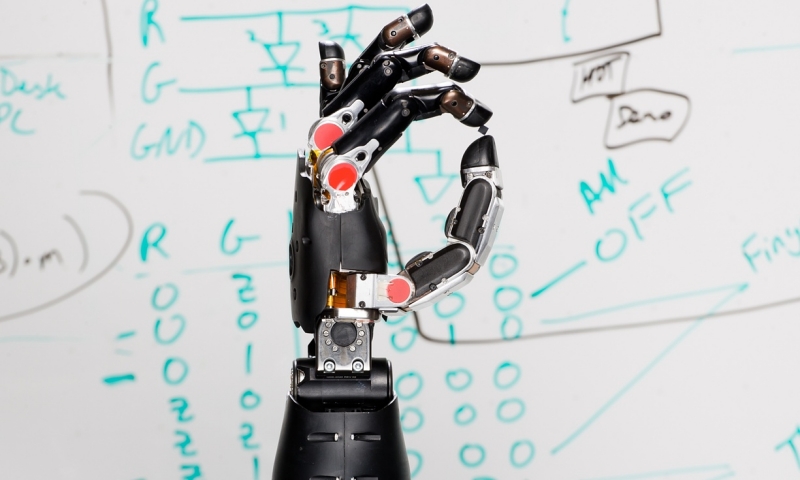Researchers at the Applied Physics Laboratory at Johns Hopkins university have successfully tested a new robotic hand that is wired directly into the brain, allowing a person with the hand to feel again. This project is part of a larger effort to develop advanced replacement limbs funded by the US military's Defense Advanced Research Projects Agency (Darpa).
A 28-year-old paralyzed man volunteered to be the test subject and had electrodes from the prosthetic hand inserted into his sensory and motor cortexes. It sounds invasive, but it lets him control the hand with thought, as well as sense when the fingers on the hand are touched.
How does it work? The hand is fitted with sensors that detect pressure applied to the fingers, and then the hand creates electrical signals to mimic the sense of touch. The volunteer could determine which finger was touched with high accuracy - while blindfolded.
And when the team pressed two fingers, but asked which single finger was touched, the volunteer was able to tell the difference, and asked if someone was playing a trick on him.
Darpa program manager, Justin Sanchez, said that there is much progress to be made in this area, but for prosthetics to feel natural there must be signals traveling back and forth from the brain.
"By wiring a sense of touch from a mechanical hand directly into the brain, this work shows the potential for seamless biotechnological restoration of near-natural function," Sanchez said. "We've completed the circuit."
The man who volunteered to test the robotic hand has been paralyzed for more than a decade from a spinal cord injury, but he knows what it feels like to have a fully functioning hand. And after testing this new prosthetic, he said it felt real and natural.
